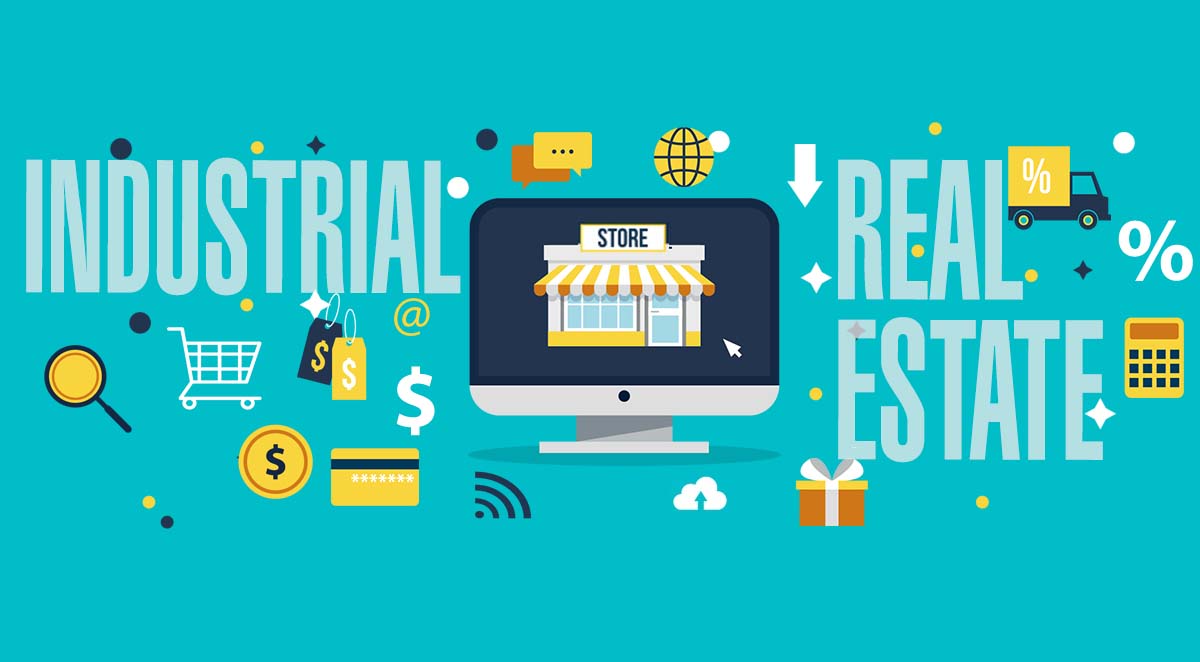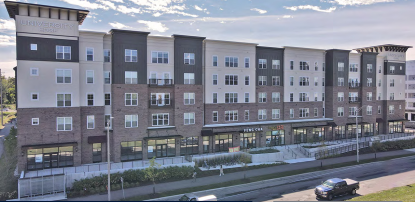Technology Sparks Innovation in Industrial Real Estate and Smart Cities
By Natalie Jones / 07.07.20 / 3 min read
This year, technology has continued to extend the limits of industrial real estate. A growing integration of various digital features demonstrates an approach that deviates from traditional practices in order to advance the industry.
How does technology shape industrial real estate?
Patrick Holleran, vice president of St. Louis, Mo.-based HDA Architects, compares this rise of technology to a historical transition. “We are entering another industrial revolution that can be defined as the marriage of physical and digital technologies, such as analytics, artificial intelligence, cognitive computing, and the Internet of Things.”
According to Holleran, these tools accelerate the industrial real estate industry.
In addition, e-commerce and just-in-time delivery impact industrial real estate. David Klein, SIOR, senior vice president Transwestern in San Francisco, notes that companies such as Amazon have complex logistic strategies consisting of multiple distribution points. This creates a demand for industrial space, increases land value, and leads to higher rents.
The shortage of land due to technological strides generates a structural solution: make buildings taller. “‘Computers can be programmed to lift inventory and put inventory on pallets much higher than what a forklift driver can do, so there will be a continuation of the trend to build taller,'” said Klein.
He notes that some warehouses have extended their standard clearance to 54 feet, but most have risen from the previous norm of 18 feet to 32 feet.
The growth of e-commerce shows a promising future for online purchases as indicated by George Pino, SIOR, president of State Street Realty in Doral, Florida. Pino predicts an increase in online shopping within the next five years, further boosting the demand for warehouse space.
In addition to industrial real estate, technology appears in smart cities to fit the needs of an increasingly urbanized world population. Michael Zeto III, general manager for AT&T’s Smart Cities business unit, states that these cities incorporate “‘the use of technology in a really strategic way that will drive public safety, efficiencies, sustainability initiatives, and improve the overall livability for its citizens.'” Features such as wearable computing, internet of things (IoT) devices, and commercial security systems have tracked the movement of people and revolutionized the appeal of urbanized areas.
How does real estate relate to smart cities?
The digital additions are found within properties that form communities within the smart city movement. This concept appears in cities such as Dallas and Boston.
In 2017, the Dallas Innovation Alliance (DIA) established the “Living Lab,” a four block property featuring smart parking, irrigation solutions, and an interactive kiosk. The goal of cost and energy savings contributed to this renovation. Institutional real estate investors transformed dated buildings and ultimately attracted tech companies and revived the Innovation District in Dallas.
In Boston, the HYM Investment Group, LLC has plans to develop a space of 16 million square feet that suits the smart city approach. With 10,000 units of housing, five million square feet of office/lab space, and “‘neighborhood'” retail and hotels, the area will create a sustainable environment.
Thomas N. O’Brien, managing director and founding partner of HYM, spoke about the intentions of this space. “‘We’re trying to do things differently,'” says O’Brien, “‘in a way that hopefully creates real communities for people.'”
According to O’Brien, all building types will have clear connectivity to achieve energy reduction goals and improve community connections. This is comparable to multifamily or office tenant experience apps.
Solar-ready buildings, an efficient utility system, 40 acres for climate change mitigation strategies, and a renovation of space to enhance the running, walking, and biking experience add to the project’s design.
The evolution of technology presents a changing landscape for industrial properties and the entire real estate industry. Our sources are cited from the Q1 2020 SIOR Report. Martin is proud to have the only two SIORs in Mid-Michigan. To read the full articles on this, click here: Industrial Real Estate Smart Cities











